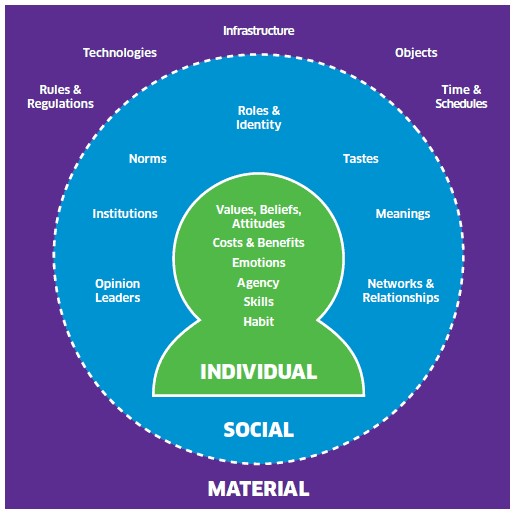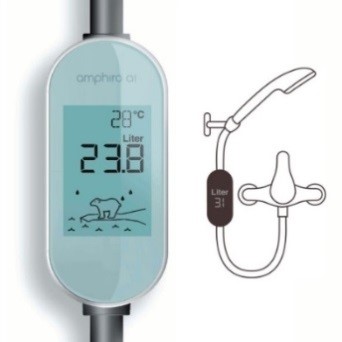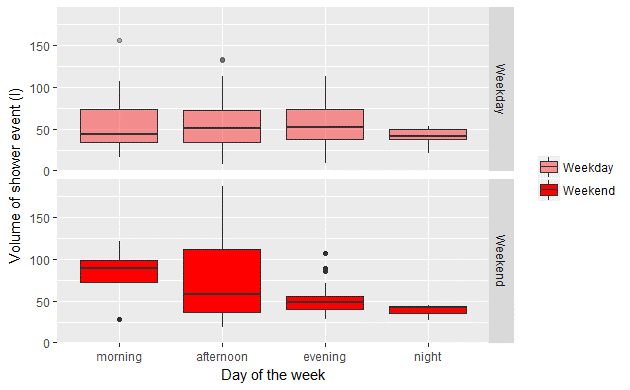Academics and facilities staff from the University of the West of England (UWE Bristol) are working in collaboration with Bristol Water on a unique long term study in which student accommodation is used as a laboratory for exploring the complexities of domestic water consumption. With population growth and climate change, there is increasing pressure on water resources, yet there is a lack of evidence about how and why water is being consumed.

Since 2013, a metering system has been fitted to the UWE Student Village, comprising 1,932 single occupancy study bedrooms. Vertical blocks of between 10 and 14 flats (68 to 84 bedrooms per block), similar to a street scale, are sub-metered at 30 minute intervals. The study aims to collect reliable usage data as part of a large repeatable science research project.
A further 404-occupancy development, comprising thirty-seven 8-12 occupant townhouses, was completed in 2014 (and with more accommodation added in 2016). Each townhouse in the 2014 development is sub-metered, giving a finer resolution of metered water consumption, equivalent to a large household or two.
For her PhD, Karen Simpson has been working with residents in ten of the smaller (8 or 10-bed) townhouses to evaluate a range of conventional behavioural water efficiency measures, by applying the Scottish Government’s Individual-Social-Material (ISM) toolkit (see Fig. 1). ISM has not been used in the water sector before, but it has previously been applied to evaluate measures and design interventions to address a number of low carbon and health issues. ISM is a framework that has the potential to reveal new insights and different perspectives for tackling pressing sustainable consumption and public health problems, by operating across the three contexts of Individual, Social and Material.

Pairs of houses were allocated different measures, comprising posters and four-minute shower timers (supplied by Bristol Water), Amphiro smart shower meters (see Fig. 2.) and face-to-face engagement. There were also control houses. During February, residents were recruited to keep a shower diary for two weeks. This was followed up with evaluation focus groups and a survey to provide insights into showering routines and other water-using practices.
To supplement the 30-minute water meter data, Siloette loggers (supplied by Artesia Consulting) were installed to measure every 500ml of water that passes through the meter. From this finer resolution data it is possible to identify the footprint of different water fixtures and to reveal the number, duration and frequency of individual shower events.

This allows the research to move beyond average consumption patterns at household scale (a feature of water company demand management planning) to measuring the individual variety of showering patterns that can be compared with self-reported routines (see Fig. 3.).
During the summer of 2018, Karen will use the insights from the diaries, focus groups and survey, and work with stakeholders at the university (including staff from Accommodation Services, Estates and Facilities, and sustainability professionals and student reps), to develop a programme of water-saving measures. The ISM toolkit will be used to facilitate this process. A selection of interventions will be tested in the autumn with a new cohort of student residents, with the potential to be rolled-out on a larger scale across the estate.
